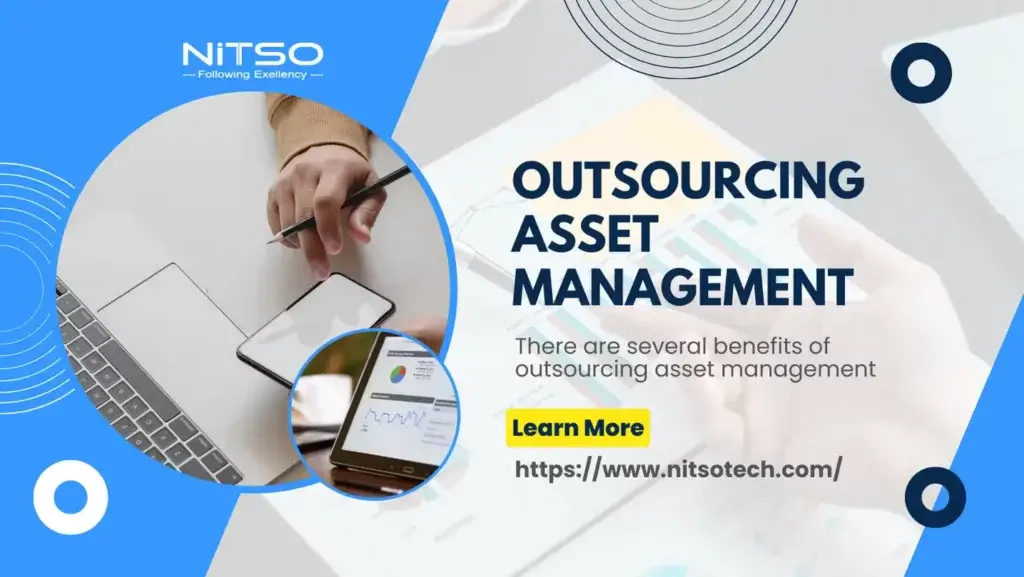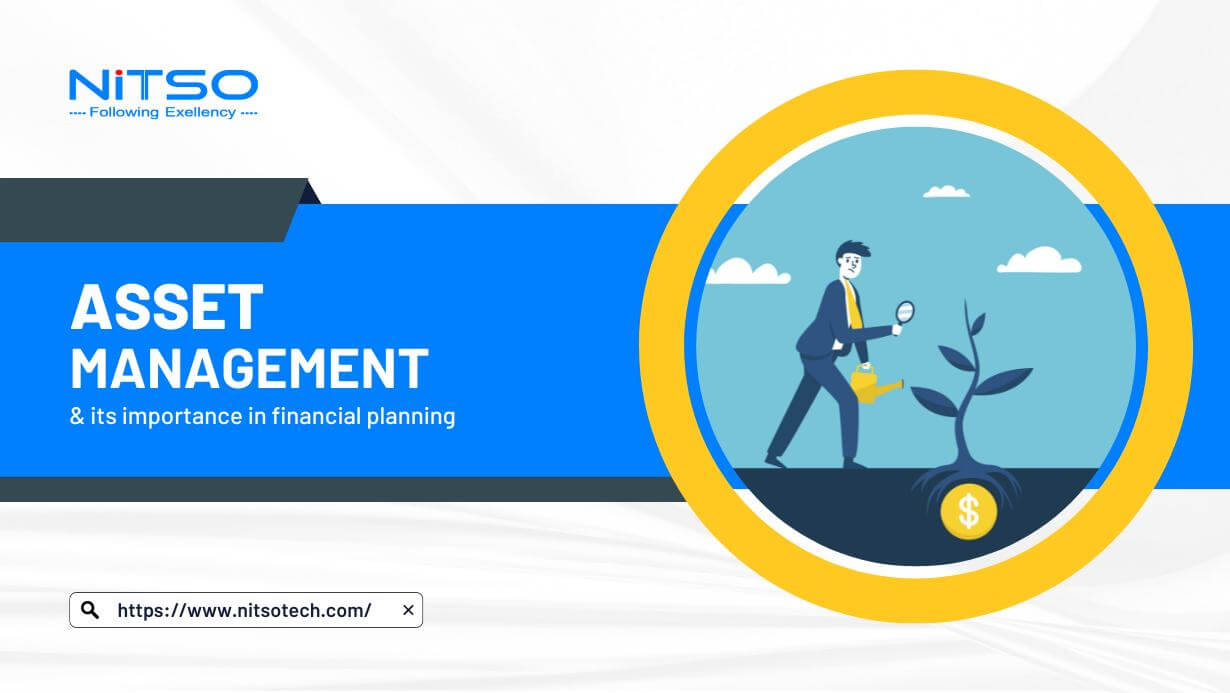Introduction to Asset Management
Welcome to the exciting world of asset management! You might wonder, “What exactly is asset management, and why do I need to know about it?” Well, let me break it down for you.
Imagine you have a magic money tree in your backyard. Every day, it grows more money. But what good is a money tree if you don’t know how to take care of it? That’s where asset management comes in. It’s like being the gardener of your own personal money tree. You need to know how to prune it, water it, and make sure it’s getting all the nutrients it needs to grow and flourish.
Asset management is about ensuring your money is working hard for you. It’s like hiring a personal trainer for your money. You want to ensure it’s getting a good workout and reaching its full potential. By diversifying your investments and regularly monitoring and rebalancing your portfolio, you can ensure your money is always in tip-top shape.
But don’t worry; you don’t have to be a financial expert to be a great asset manager, just like you don’t have to be a professional gardener to take care of your money tree. All you need is a little knowledge and a plan to help your money grow and reach its goals.
So, feel free to get your hands dirty and start managing your assets. You’ll be surprised how much your money can grow with a little bit of TLC.
Table of Contents
Types of Assets Management Strategies
It’s not limited to just financial markets; it encompasses a wide range of assets that must be managed appropriately to ensure their value is maintained and maximized. Here are some examples of different types of asset management:
- Financial Asset Management (FAM) – Involves the strategic allocation of funds into various financial market instruments such as investment funds, stocks, bonds, futures, and derivatives.
- Fixed Asset Management – This is the management of property, plant, machinery, equipment, and other fixed assets that are necessary for a company’s operation. Nitso fixed asset management software can help you with this.
- Infrastructure Asset Management – This includes the management of facilities that are essential for connectivity and accessibility, such as roads, bridges, transportation, internet, electricity, and telephones. This type of management focuses on developing, improving, and replacing these amenities.
- Real Estate Asset Management – This includes managing financial resources used for buying or constructing commercial properties.
- IT Asset Management (ITAM) – This type of management handles software and hardware assets that are essential for the corporate world, such as computer systems, patents, licenses, applications, and networks.
- Digital Asset Management (DAM) – This type of management handles digital assets such as content, social media presence, websites, media, and other intellectual properties.
- Enterprise Asset Management (EAM) – This type of management handles a firm’s tangible and intangible assets, such as infrastructure, software, documentation, premises, and processes.
The Benefits of Asset Management
Assets management is a critical aspect of financial planning, providing many benefits to individuals, businesses, and institutions. Some of the key benefits of assets management include the following:
- Maximizing returns: Asset Management helps investors maximize their investment returns by identifying and allocating resources to the most profitable opportunities.
- Minimizing risk: By diversifying investments and regularly monitoring and rebalancing a portfolio, asset management helps to minimize the risk of loss and reduce the impact of market fluctuations.
- Professional guidance: Asset management services provide investors with access to professional advice and expertise, which can help them to make more informed investment decisions.
- Increased efficiency: It helps optimize resource use and increase investment strategies’ efficiency. This can lead to higher returns and improved performance over time.
- Better governance and compliance: Asset management helps companies to comply with laws and regulations and also helps to improve the overall governance and operations of the company.
- Long-term growth: It’s focused on long-term growth and sustainability, helping investors to achieve their financial goals over the long term.
- ESG factors: Asset management companies also consider the environmental, social, and corporate governance factors while making investment decisions, which makes it a more responsible investment.
Overall, assets management is a powerful tool that can help investors to achieve their financial goals and maximize their returns on investment while minimizing risk. By taking advantage of professional guidance, diversification, and ongoing monitoring, investors can create a sustainable and well-rounded portfolio that will help them to achieve success over the long term.
The Risks of Asset Management
While asset management can provide many benefits, it also comes with certain risks that investors should be aware of. Some of the critical risks associated with it include:
- Market risk: The value of investments can be affected by changes in market conditions, such as economic downturns or political instability. This can lead to losses for investors and make it more difficult to achieve financial goals.
- Liquidity risk: The ability to buy or sell an asset quickly and at a fair price may be limited, making it challenging to manage portfolio risk or respond to unexpected events.
- Credit risk: The risk that a borrower will default on a loan or bond, resulting in a loss for the lender.
- Regulatory risk: Changes in laws and regulations can affect the value of investments and create additional compliance and governance requirements for investors.
- Risk of fraud: Asset management companies may not be transparent and may engage in fraud or mismanagement of funds, putting investors’ assets at risk.
- Risk of Over-diversification: Over-diversifying a portfolio can lead to a decrease in returns and an increase in management costs.
Investors should be aware of these risks and take steps to mitigate them by performing thorough research, diversifying their portfolios, and regularly monitoring their investments. Choosing reputable asset management companies and being aware of the fees and charges associated with their services is also essential. By understanding the risks associated with assets management and taking steps to manage them, investors can maximize the benefits and minimize the negative impacts of this powerful financial tool.

Outsourcing Asset Management
Outsourcing asset management is the process of hiring a third-party company or individual to manage an organization’s financial assets. This can include managing investments, real estate properties, and other financial assets. Outsourcing asset management has become increasingly popular in recent years as organizations look for ways to maximize returns and minimize risks while reducing costs and improving efficiency.
There are several benefits of outsourcing asset management, including:
- Access to professional expertise: Outsourcing assets management gives organizations access to expertise and specialized knowledge that they may need in-house.
- Cost savings: Outsourcing assets management can be more cost-effective than hiring and training staff to manage assets in-house.
- Increased efficiency: Outsourcing assets management can help organizations optimize resource use and increase investment strategies’ efficiency, leading to higher returns and improved performance over time.
- Improved governance and compliance: Outsourcing assets management can help organizations to comply with laws and regulations and improve overall governance and operations.
- Risk reduction: Outsourcing assets management can help organizations to reduce risk by diversifying investments and regularly monitoring and rebalancing a portfolio.
However, outsourcing asset management also comes with certain risks, including:
- Dependence on the third party: Organizations may become overly dependent on the third-party company or individual, leading to a lack of control and flexibility.
- Lack of transparency: Outsourcing asset management may make it more difficult for organizations to monitor and evaluate the performance of their assets.
- Risk of fraud: Organizations may be at risk of fraud or mismanagement of funds if they choose a less reputable management company.
Overall, outsourcing assets management can be a valuable tool for organizations looking to maximize returns and minimize risks while reducing costs and improving efficiency. However, it is crucial to choose a reputable and reliable asset management company and to monitor and evaluate the performance of assets to mitigate the risks associated with outsourcing. Here are some examples of companies that offer outsourcing asset management services: BlackRock, Vanguard, and Fidelity.
Tips for Effective Asset Management
Assets management is a critical aspect of financial planning, and by following some essential tips, investors can effectively manage their assets and achieve their financial goals. Here are some suggestions for effective assets management:
- Set clear financial goals: It is essential to understand what you want to achieve with your assets. This will help to guide your investment decisions and ensure that your portfolio is aligned with your long-term financial goals.
- Diversify your portfolio: Diversifying your portfolio is one of the most effective ways to reduce risk and maximize returns. This can be achieved by investing in different asset classes, such as stocks, bonds, real estate, and alternative investments.
- Regularly monitor and rebalance your portfolio: It is crucial to ensure that it remains aligned with your financial goals and risk tolerance. This may involve making strategic trades to capitalize on market opportunities or adjusting your asset allocations as needed.
- Seek professional guidance: Consider working with a financial advisor or asset management company to gain access to professional expertise and specialized knowledge. This can help you to make more informed investment decisions and achieve better results.
- Understand the fees and charges: It’s important to know the costs associated with assets management services. Be sure to ask about management fees, performance fees, and other charges that may apply.
- Consider ESG factors: Environmental, social, and corporate governance factors should be considered while making investment decisions. This will be beneficial not only for the environment and society but also for the company’s long-term performance.
- Be patient and stay committed: It’s a long-term process, and it’s essential to be patient and remain committed to your financial goals. Avoid making impulsive decisions based on short-term market fluctuations, and stay focused on your long-term strategy.
By following these tips for effective asset management, investors can optimize the use of their resources, reduce risk, and achieve their financial goals over the long term.
Conclusion
In conclusion, asset management is a powerful tool that can help investors to maximize returns and minimize risks while achieving their financial goals. Whether you’re an individual looking to grow your savings or a business looking to expand and invest in new opportunities, asset management can help you to optimize the use of your resources and achieve success over the long term.
But remember, asset management is not a get-rich-quick scheme. It requires patience, commitment, and a clear understanding of your financial goals. By setting clear financial goals, diversifying your portfolio, seeking professional guidance, and regularly monitoring and rebalancing your portfolio, you can effectively manage your assets and achieve your financial objectives.
And remember to have fun! It’s essential to enjoy the journey and not get too caught up in the numbers. Think of it like a treasure hunt, where you’re searching for the perfect investments to add to your portfolio. With the right strategy, patience, and luck, you’ll be well on your way to a successful treasure trove of assets.







0 Comments